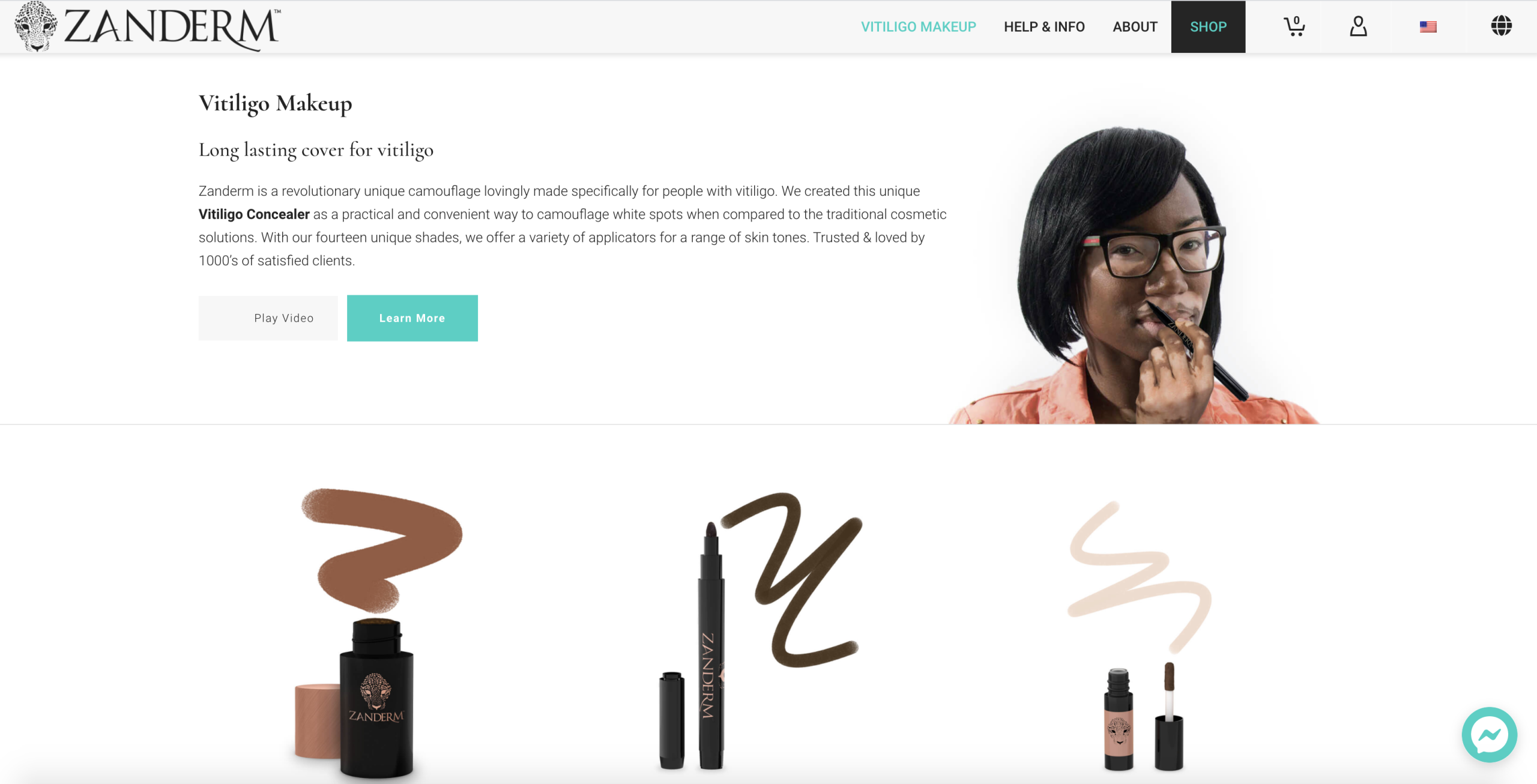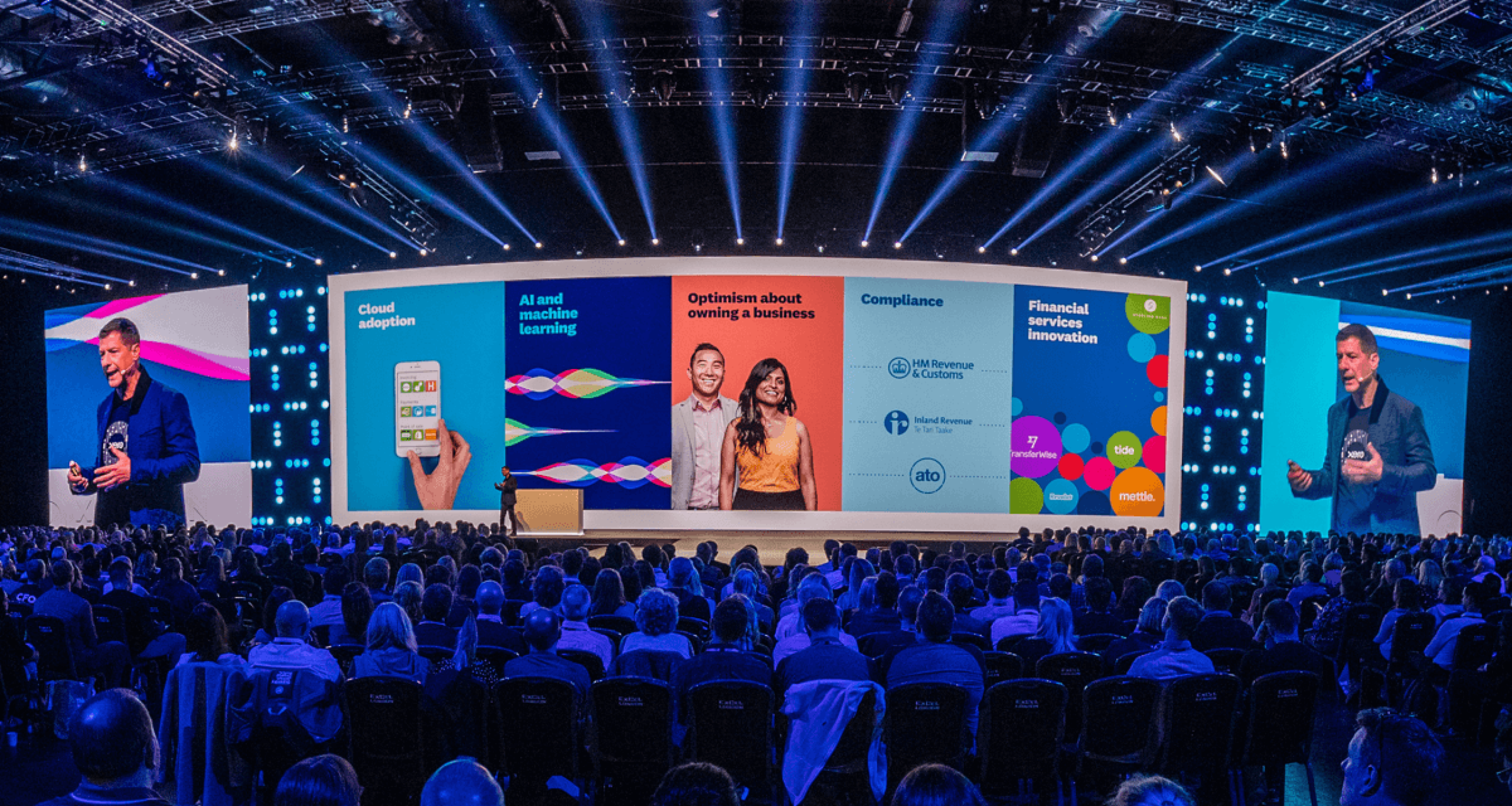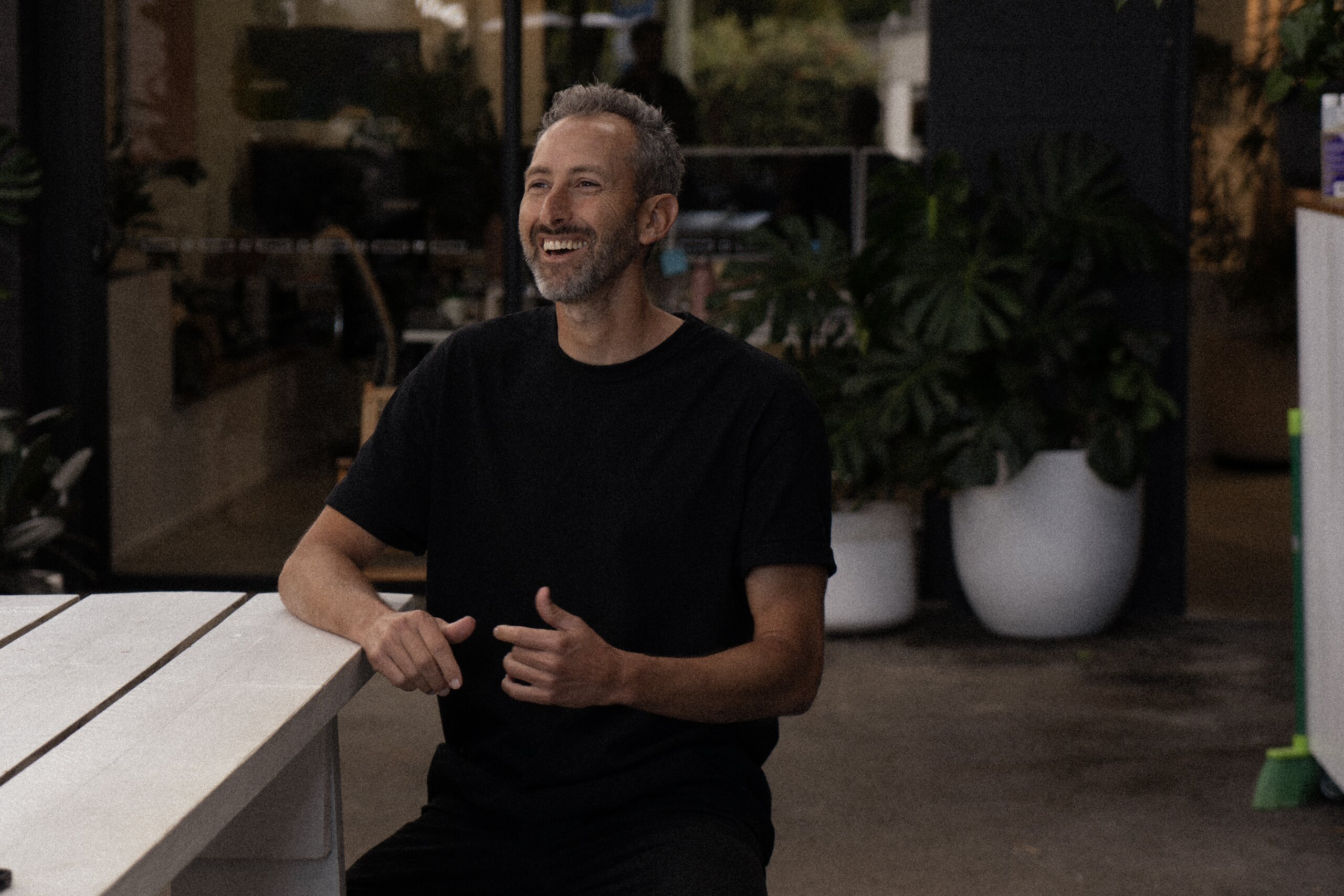What's trendy, hip, the 411 on brand positioning? Your goal as a brand is to make some noise, shake up the norm and present a unique offering that resonates with your customers. To do that effectively, it's important to pull in new strategies that align with your potential or current customers shifting expectations. People change, and so should your brand. So we've unpacked three brand positioning trends that have recently emerged. Let's get started!
#1 Hyper-focused fans
Have you heard of the 1000 true fans concept? There are your average customers, and then there are true, hyper-focused fans. We're talking niches within niches (niche-ception!).
Consumer segments who resonate with what you're saying on a deeper level than the basic consumer. They don't just listen to your music. They go to shows, buy merchandise, get VIP front row tickets and everything in between. Yep, hard core.
About 80% of business revenue comes from 20% of recurring customers. So why not just pluck out that 20% straight away?
You'll soon discover there are more than 1000 true fans out there once you get some traction and all your branding & marketing effects are well received because you're speaking directly to a very specific audience.
A good example of this is US brand Zanderim who sell custom cosmetics for vitiligo coverage. Whilst the skin pigmentation disorder only presides in 0.5-2% of the worldwide population, the brand has seen success due to their hyper-focused fan following who crave a cosmetic solution that is traditionally difficult to find.

#2 The product IS the brand
Have you ever looked at Instagram's website? Nope. You don't have many other interactions with Instagram outside of the app itself. No employee touchpoints, no sales teams, no billboards, brochures, no physical product. The product (app) is the brand.
Software as a service (Saas) or digitally fuelled brands are growing. The brand is wrapped up in the product and 90% of the customer experience is through that one platform.
In this case, it's pretty damn crucial to nail the software itself since your brand and product is one and the same. User experience is flung straight to the forefront here, with onboarding often being that first engagement piece you ever have with customers. A tricky component of this is getting across the human, genuine side of your brand. How do you move beyond the digital and create a more authentic, emotional connection?

Xero nailed this! They started as a Saas product but managed to pull their brand from a digital-only space into the physical. They began annual conferences (aka Xerocon) allowing their customer base of accountants and bookkeepers to meet with the people behind the platform and share in professional insights. Cool huh!
#3 Social and environmental awareness
Business isn't just about profitability anymore. Move past the dollar signs and you should be considering employee wellbeing, team culture, societal impacts of your business decisions. Social-corporate responsibility has been around for some time, but a second wave has hit this year. We've seen youth protests on climate change, racial discrimination, #metoo movements and Covid highlighting mental health issues and the revegetation of our planet. Shit's going down more than ever.
All businesses have a responsibility to play our part in the bigger picture. There's a clear expectation from the community for brands to communicate their influence on socio-environmental change. Plenty of brands are stepping up to the plate and delivering.
Natural footwear brand All Birds wear this mission (literally) by selling apparel that is recycled and made from all natural materials. They're super clear on what they stand for and how that translates into their product.

Many brands start off their purpose and positioning with good intentions, but it often gets diluted along the way. Short term profits end up winning over long term missions. Shareholder goals taint the water and socio-environmental positioning is lost. It can be difficult, but is well worth it if you can hold onto your core values and do a bit of good in this world.
Patagonia is an example of an environmentally sustainable brand that has maintained its integrity and initial values and balancing a healthy, profitable business. How? Because the owner refuses to get on the stock market and be dictated by shareholder goals. Do what it takes and hold onto your mission!
Be conscious about your position
Positioning is so vital in the way we shape up a brand and there will always be a new, hip trend to get onboard with. However your decision to pursue a trend (focusing on that hyper-niche audience or sharing a community-minded value) should relate back to your primary business and brand strategy.
Why are you in this game and what do you stand for? Your brand position should align with your core values and if not; then you've probably got misplaced intentions to position your brand in that way. Be conscious and purposeful in your decisions to jump onto these trendy trains, so you're speaking to the right people and communicating a consistent message for the long haul.

